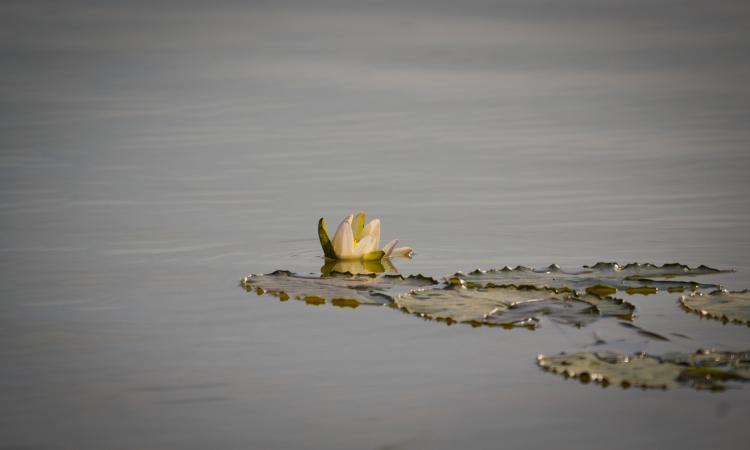
Ramsar has designated two more wetlands in India, bringing the total to 49
On World Wetlands Day, two new Ramsar sites were announced - Khijadia Wildlife Sanctuary in Gujarat and Bakhira Wildlife Sanctuary in Uttar Pradesh. As a result, India has 49 Ramsar sites covering 10,93,636 ha, which is the highest figure in South Asia. Bakhira Wildlife Sanctuary provides a safe wintering and staging ground for many special Central Asian Flyway species, while Khijadia Wildlife Sanctuary is a coastal wetland with rich bird diversity, providing a safe habitat for endangered and vulnerable species.
Along with the addition of the Ramsar sites, a 'National Wetland Decadal Change Atlas' was also released. The atlas shows an addition of 14,823 new wetlands covering an area of 0.36 Mha between 2006-07 and 2017-18, and a total loss of 1,342 wetlands covering an area of 0.025 Mha.
(The Weather Channel)
Hydropower development turns an Uttarakhand village into a graveyard
Yet another human-made tragedy is plaguing Haat village in Uttarakhand's Chamoli district. In 2008-09, the village land was acquired for storage of construction materials and dumping of muck for the construction of the 444 MW Vishnugad Pipalkoti Hydro Electric Power Project.
There were only 140 households in the tiny village, 16 of which refused to leave the village, while the rest accepted the company's compensation and moved out. 16 families were forcibly evicted from their homes last year, and their houses were bulldozed. The villagers claim this occurred, despite the company's assurances to them to stay in the village and continue working.
As per the environmental activist Hemant Dhyani, the real issue here is misplaced priorities. He said that a vibrant and ancient culture of the village tracing its origins to Adi Shankaracharya is being destroyed merely because THDC wants a place to dump its waste. (Frontline)
Karnataka government, Gujarat tribals oppose river-linking project
Following the announcement in the Union budget, the Karnataka government has decided to file an objection to Cauvery-Vaugai-Gundar river-linking until the state's share is determined. Additionally, the state will oppose Tamil Nadu's Hogenakkal project in court. In Gujarat, tribals from Dang, Valsad, Surat and Navsari districts are camping in state capital Gandhinagar against the Par-Tapi-Narmada river linking project.
The project will submerge around 7,500 hectares of land owing to construction of seven dams and would affect 75 villages while displacing more than 35,000 villagers. According to the tribal leaders, the Centre has designed the project to ‘cover up’ the Narmada Yojana’s failure.
(The New Indian Express)
IIT Madras' AquaMAP centre will solve India's water problems
With an aim to solve the country’s water problems, the Indian Institute of Technology (IIT) Madras is establishing a new inter-disciplinary Water Management and Policy Centre called ‘AquaMap’. By using innovative technologies, the center will design scalable models for solving India's water problems. These models will be implemented at various chosen locations across the country as proof of the concept.
Along with setting up a state-of-the-art Hydro-Informatics Laboratory, the centre will address at least three chronic water issues through Grand Challenges and their successful translation into pilot projects.
(News 18)
Mumbai's Dharavi gets India's largest community toilet block
The Brihanmumbai Municipal Corporation (BMC) and HSBC India in partnership with Hindustan Unilever Limited (HUL) launched its 7th and biggest Suvidha Centre at Dharavi, Mumbai.
The new centre is equipped with 111 toilets separately for women, children and men along with those for the elderly and disabled. It will benefit more than 50,000 people. In addition to toilets, the center offers laundromats, showers, and purified drinking water. All services are affordably priced to ensure everyone has access to hygiene and sanitation.
Furthermore, HUL will conduct behaviour change and community building programs in Dharavi. By using a circular economy design, the center will treat and reuse grey water, saving over 6.5 million litres of fresh water each year. (The Logical Indian)
This is a roundup of important news published from February 1 – 15, 2022. Also read policy matters this fortnight.